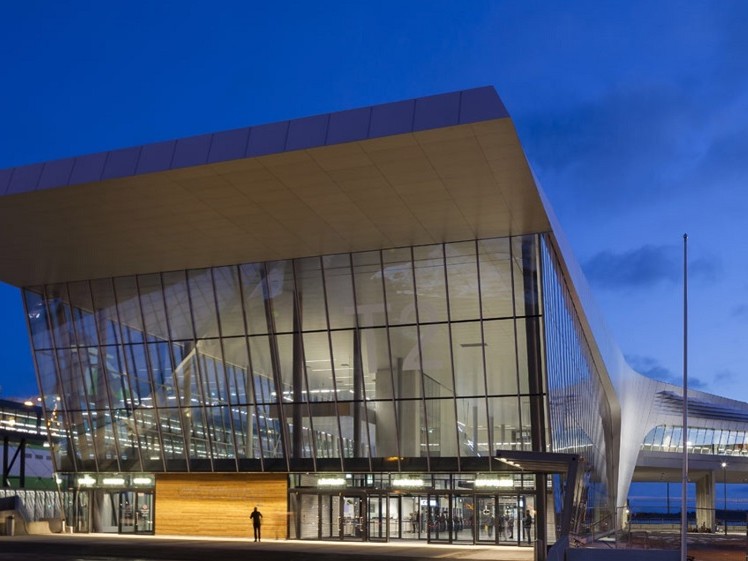Smart buildings of glass
Whether you are arriving to or departing from Helsinki Airport, the first thing you notice is the glass around you and the characteristic Finnish design. If you pay attention, you will find yourself believing there are some forest elves watching you. The impressive structure features glass that playfully illuminates the wood present everywhere. A little walk in London will have you looking up in awe. Skyscrapers like the famous Shard, designed by famed Italian architect Renzo Piano in conjunction with Broadway Malyan, or the Gherkin, a commercial skyscraper completed in 2003 by English firm Foster+Partners are part of London's typical skyline. The architecture firm has recently got approval by the City of London to build the Tulip next to the Gherkin, the latest glass skyscraper project that promises to become the next marvel in London. More examples of structural glass in architecture include the iconic Louvre Pyramid in Paris, built in the 1980s by the late Chinese-American architect Ming Pei and the Dancing House in Prague, designed by Croatian-Czech architect Vlado Milunić in cooperation with Canadian-American architect Frank Gehry. The relationship between glass and architecture has changed overtime. Decades ago, the use of glass was minimised. Today, glass has become an attractive option. But what about its sustainability? We interviewed Finnish architect Tuomas Silvennoinen, partner, design director, and chief architect of PESARK Architects. He was named Glass Builder of the Year 2019 because of his versatile use of glass in architecture throughout his entire career. How would you describe the performance of glass used as main material in architectural structures today? When we are talking of glass you should see through it at the same time and let the light in. In other words, there is a contradiction between visibility and protection for overheat because of sun. That is the challenge. In my mind, the goal of glass structures is to have frameless structures with lots of light and open views. The outer skin is the layer that protects the interior from overheating, cold, etcetera. This means that the structure which is normally inside doesn't need the same qualities. Would you say that glass structures are energy efficient? Structures that are open with no steel or other solid frames are good concerning energy efficiency since the amount of natural light can be maximised. The connection between the outer glass skin and the glass structure is simple and the so-called cold bridges can be cut easily. Although this kind of façade structures are not cheap. What about safety? Modern-day safety glass comes in one of three forms: tempered, laminated, or armed glass. Tempered glass is a heat-treated material designed for high strength and non-hazardous shattering. It is often found in commercial building doors. Laminated glass provides improved safety features in cases involving potential human impact. It is used for added security in windows or balconies. Armed glass is commonly used in the roofing of industrial building or other outdoor structures. It provides additional light from above, but its metal grill lowers overall visibility, such is the case of the Gherkin in London. To what extent would you say the use of glass in construction is sustainable? Say, recyclability? In my experience, it is still not easy to recycle glass - for example, glass panels of a façade - due to all the metal components and layers. Recycling structural steel is easier. You just melt it and use it again. However, the main benefit when using glass is comfort, visuality, natural light, and elegance of design. Read the full interview: http://www.bresaer.eu/smart-buildings-glass/
Keywords
smart building, building, glass, construction, architechture, sustainability



